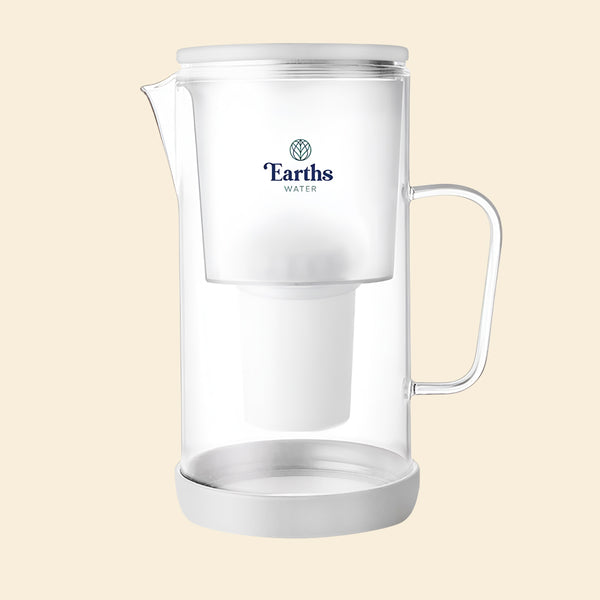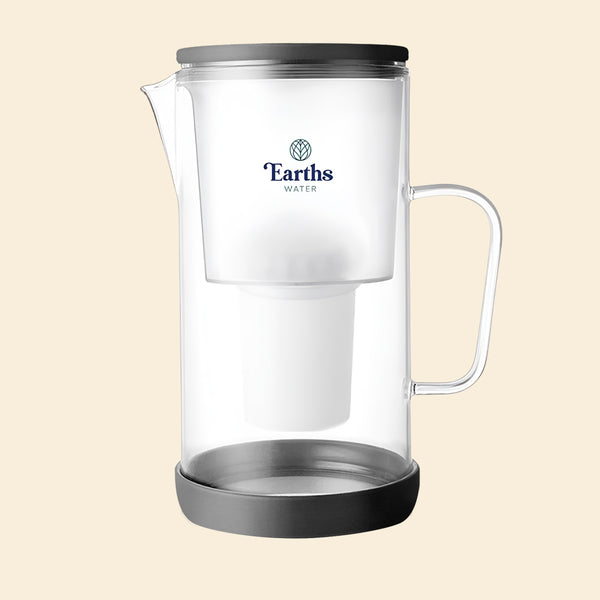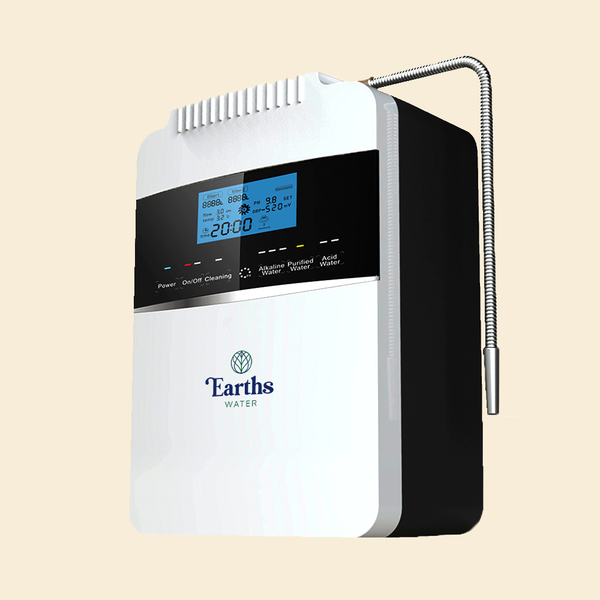Although many people are familiar with ion exchange resin, only a few are fully aware of how its technology works. Whether you’re looking for the best water treatment strategies, or are simply curious about its chemistry, you may ask “how effective is ion exchange resin?”
Whatever your objective is, we are confident that we can help you in reaching them. By having a deeper understanding of ion exchange resin technology and how it can be used to meet global standards for water treatment and separation, you will be able to get to know this impressive material more.
What is ion exchange resin?
Ion exchange resins are made from various organic compounds that have positively or negatively charged sites that can pull an ion with the opposite charge from the surrounding solution.
When immersed in water, the ion exchange resins swell as it absorbs the water in order to remove and add various inclusions. Since ion exchange resins are light and porous, they usually come in the form of beads, granules, or sheets.
Should you filter water with ion exchange resin?
Yes. Filtration using ion exchange resin is one of the most commonly used water filtration technologies today. It filters water through several spherical and bead-like structures, which are the ion exchange resins, wherein ions in the water are swapped with the ions attached in the bead-like structures. Such a mechanism is applicable in several ion exchange methods such as deionisation and softening.
Ion exchange resin softens water by substituting cations containing sodium ions and possibly anions containing chloride ions of sodium chloride. They can also be used to demineralise water by substituting H+ ions for the cations and OH ions for the anions.
What are the benefits of ion exchange resin in water filtration?
For many years, ion exchange resin has been extensively used as a great material for decontaminating, isolating, and purifying solutions. Ion exchange resin can be used in many water applications such as:
Water softening
Most importantly, ion exchange resins are most frequently used for water treatment. To replace the calcium and magnesium ions that are present in excess in hard water, resin with sodium ions at active sites is utilised. After softening, a sodium-ion-rich solution, such as sodium chloride, regenerates the resin. The sodium ions return to the resin's active sites, where they can be recycled for additional softening.
Water purification
Ion exchange resins are employed in this procedure to take hazardous heavy metals like barium, copper, iron, lead, and radium out of the solution. On the other hand, anionic exchange units can be used for the removal of negatively charged atoms like nitrate and sulphate. De-mineralisation of cationic and anionic impurities can also be accomplished using mixed bed resins with intermittent regeneration cycles.
Alkalinity
Ion exchange resins are an excellent replacement for acids, alkalis, and metal ion catalysts in a variety of chemical reactions, such as inversion, hydrolysis, hydration, and polymerisation reactions.
Capturing CO2 from ambient air
Anion exchange resins are one of the most promising materials for direct carbon capture from ambient air, or direct air capture, as the moisture swing replaces the more energy-intensive temperature swing or pressure swing used with other sorbents. Anion exchange resins readily absorb CO2 when dry and release it again when exposed to moisture.
Beverages and Juices
Ion exchange resins are used in a variety of ways in the fruit and beverage industries to enhance flavour and taste by removing unwanted ingredients. Removing trace metal, eliminating offensive flavours and odours, decolorising, and primary water treatment are among its most common applications in the industry.
FAQs about ion exchange resin
1. How can I purify water using ion exchange resin?
Purifying water using ion exchange resins means that one or more unwanted ionic pollutants are eliminated from the water by exchanging them with a less disagreeable or non-objectionable ionic material.
An excellent example of how ion exchange resins work can be shown in Earths Water’s alkaline water filters.
2. How effective is ion exchange resin in water filtration?
For radium, uranium, gross alpha, beta, and photon emitters, the United States Environmental Protection Agency (EPA) has designated ion exchange as a "best available technology" (BAT) and Small System Compliance Technology (SSCT). Depending on the type of resin used, pH levels, and competing ions, it can eliminate up to 99% of these pollutants.
3. Is the ion exchange process the same as reverse osmosis?
No. Reverse osmosis is a physical process in which water is forced through a semipermeable membrane against a concentration gradient. On the other hand, ion exchange is a physio-chemical approach that selectively eliminates impurities by efficiently exchanging ions of identical electrical charges.
4. Why should I use ion exchange resin in purifying water?
Alkaline water filters with ion exchange resin just like what we have at Earths Water “soften” your drinking water by removing “hard” compounds like heavy metals. Using soft water leads to easier cleaning, quick lathering of soap and detergent, softer hair and skin, cleaner utensils, as well as longer life of water-using appliances since they no longer have internal mineral buildup.
5. Where can I find ion exchange resin for my drinking water?
Our alkaline water filters at Earths Water are built with ion exchange resin filters along with other filtration mediums to ensure that your alkaline water is clean, safe, and great tasting.









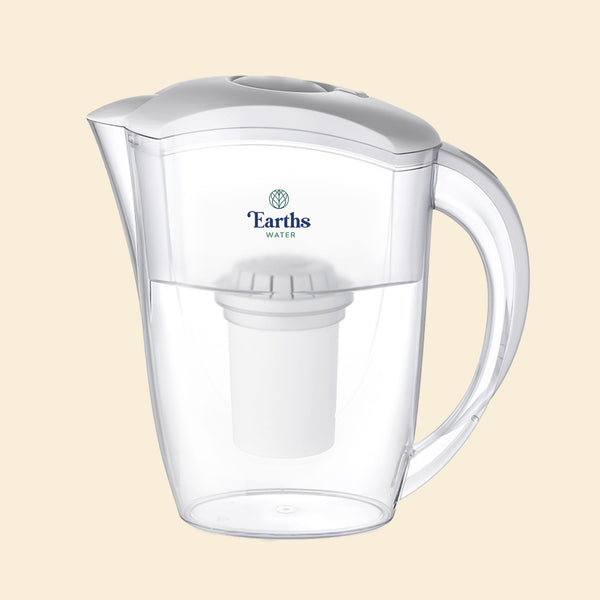
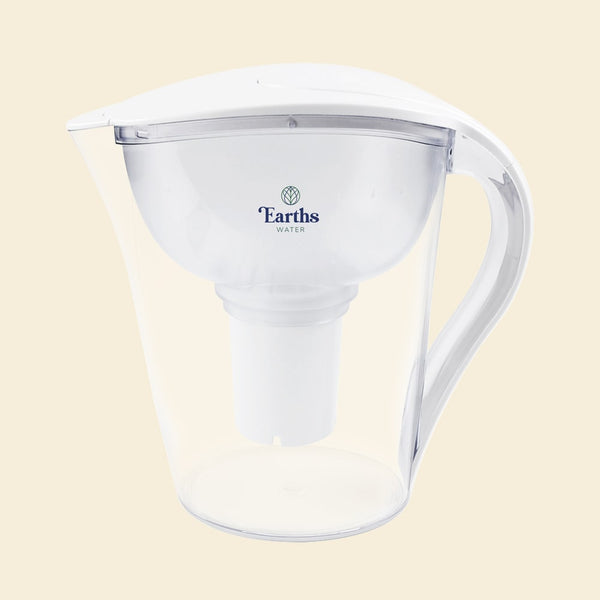
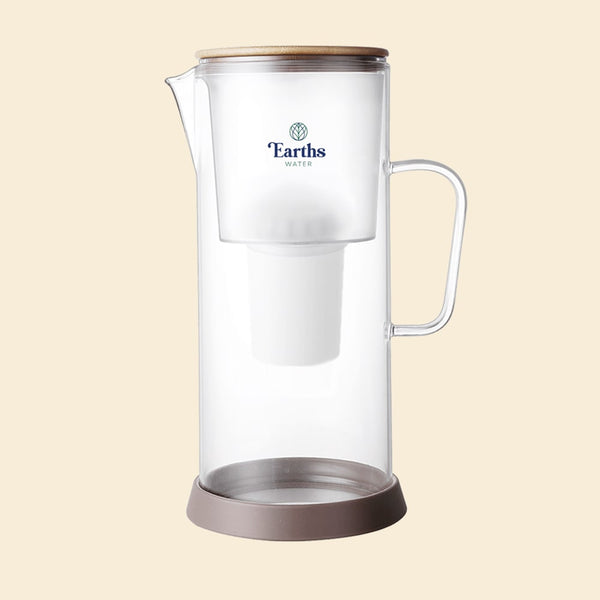
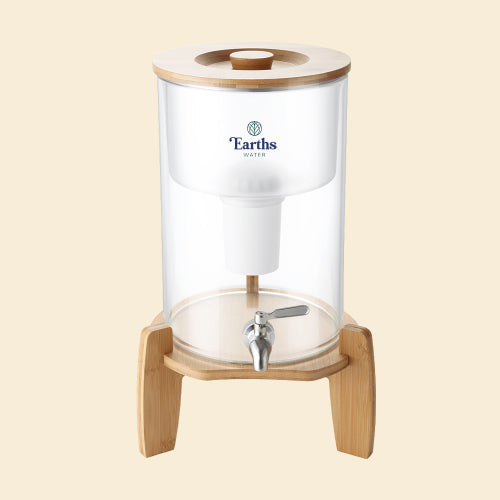

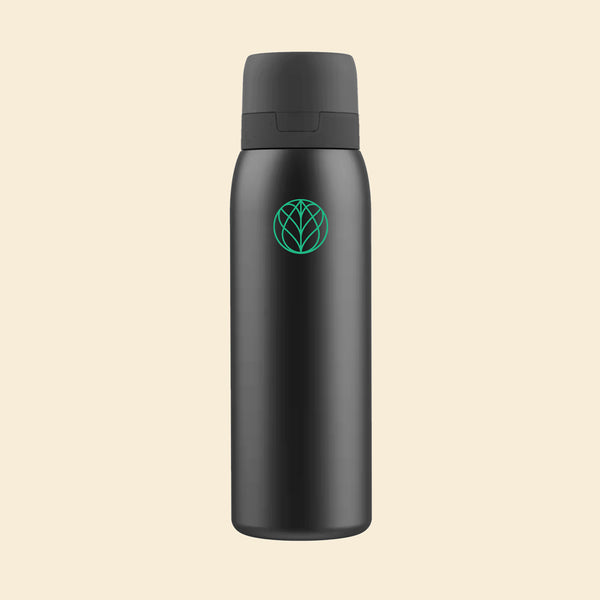


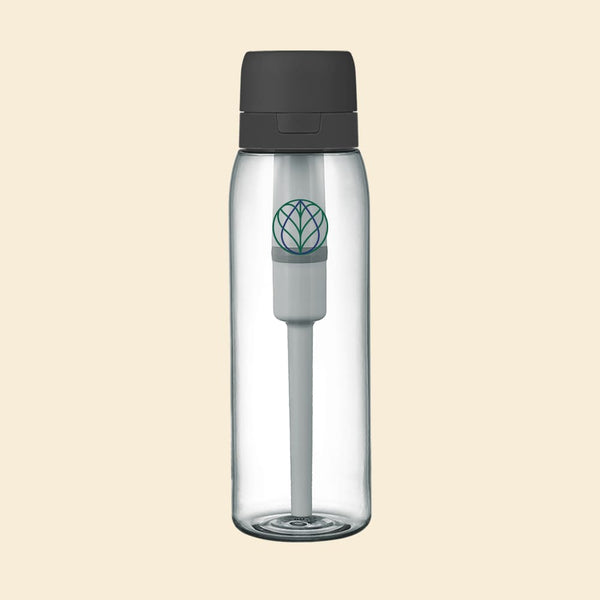
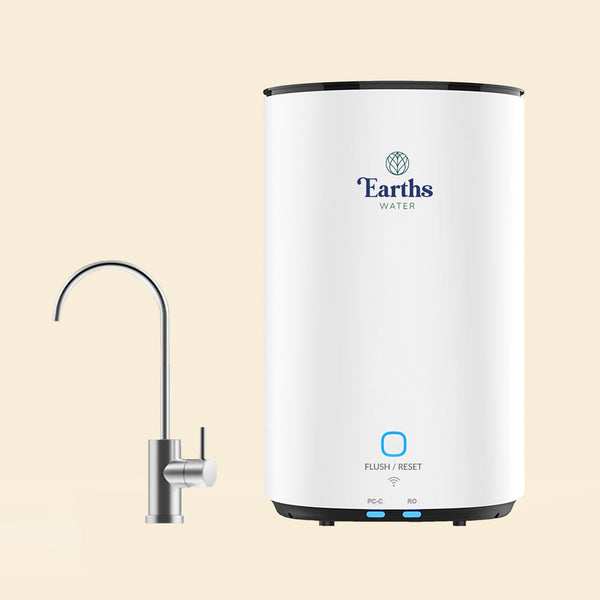
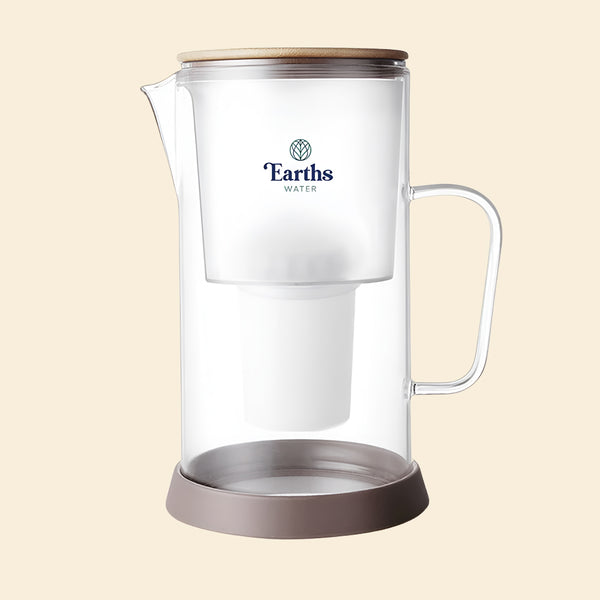
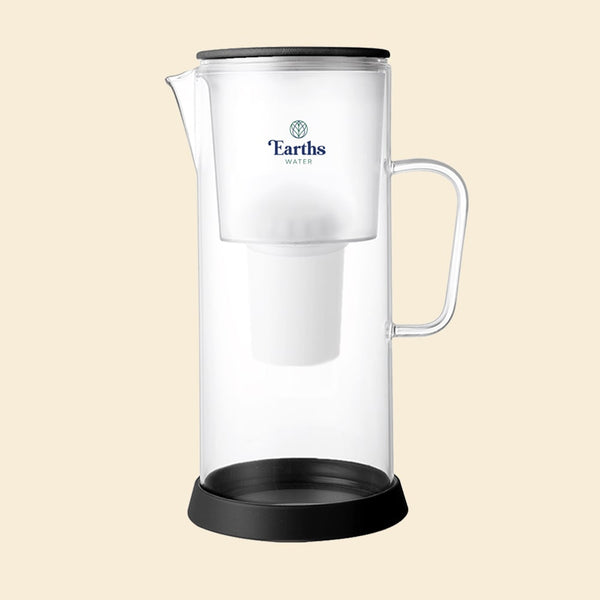

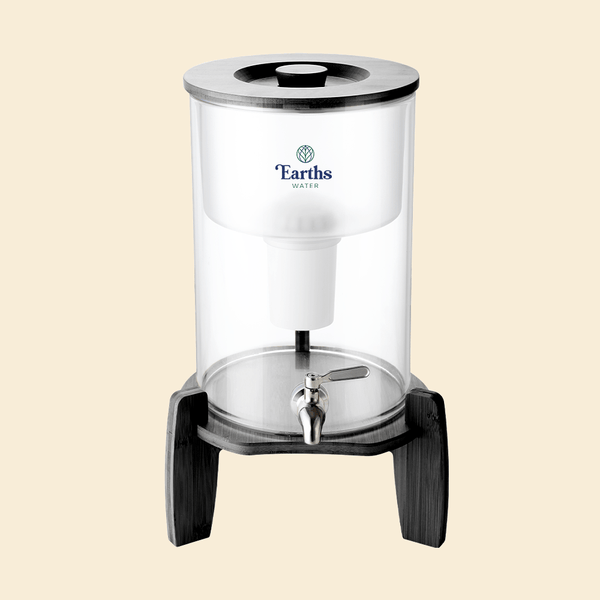
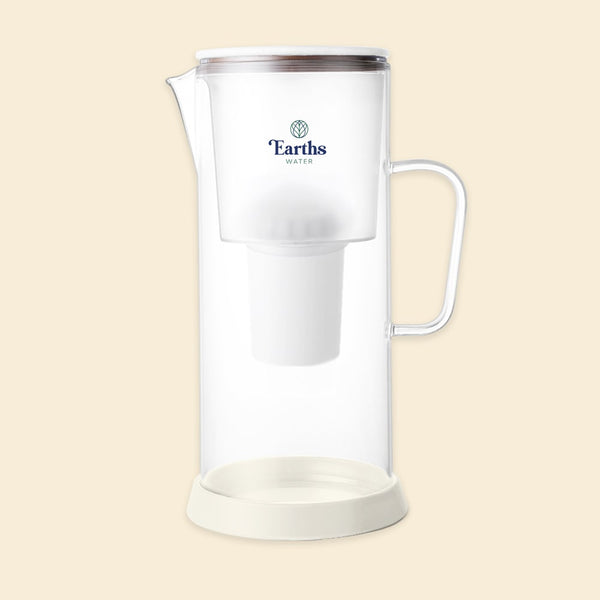
![9L Glass Benchtop Alkaline Water Filter - Eco Acacia [LIMITED EDITION]](http://earthswater.com.au/cdn/shop/files/ACACIA-BENCHTOP-FRONT-BEIGE_600x600.png?v=1743392740)
